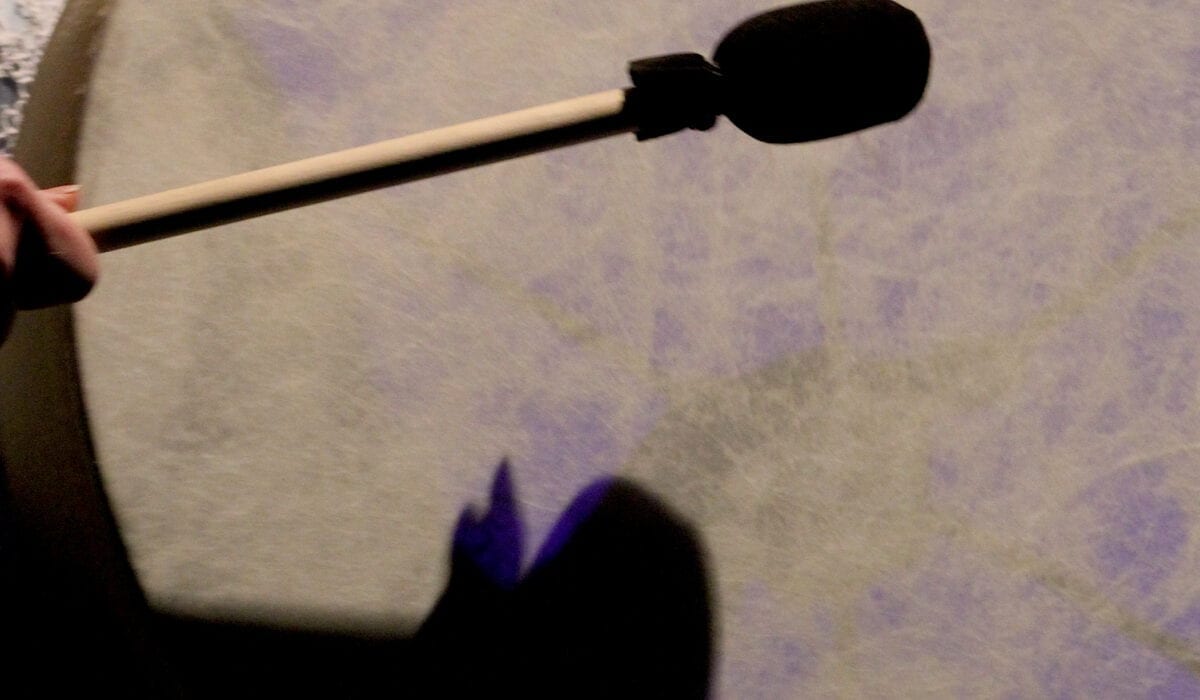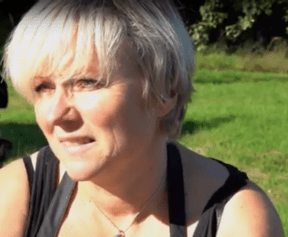See the text in the original language
Photo: Lasse Stenman
This song tells you how Ruija, this by fjords divided area, in the past offered an asylum, a new home, for many people. But as time went by, Ruija became a subject of fights and boundaries were drawn between states and cultures …. People from Northern Finland and Sweden, and especially from Tornio River Valley, have been travelling, hunting and fishing in the wilderness of Ruija for centuries. Many who just thought to go and stay there temporarily, were attracted by abundant fishing waters. So, they and decided to stay there permanently. There was a lot of space in Ruija, so its coasts, fjords and mountains became a new home for many. The Norwegians began to call this Finnish-speaking population as kveens. The people from Tornio River Valley and Northern Finland brought horses, cattle and sheep with them and started farming in Ruija. As a matter of fact, the kveens are considered as developers of North Norwegian agriculture. The kveens also founded a number of current Norwegian villages and cities. For example, the city of Alta in northern Norway is the old Kveen colony of Alattio.
However, as a concept, the kveens are much older than the current Norwegian minority kveens. Literary sources and old saagas have been telling of kveens and Kveenland for over a thousand years. The ancient Kveenland covered a wide area on both sides of the Bothnium Bay in the nothern parts of present Finland and Sweden.
The languages and cultures lived side by side for a long time in Ruija. But the conditions of the Norwegian kveens (Finnish-speaking population) changed considerably since the 1860s, when the Norwegian state became interested in Ruija. Norwegian nationalistic politics and the Second World War nearly completely destroyed the cultural heritage of the kveens. However, the language and culture of kveens were revived in the 80’s when the Kveens Union was established with the aim to preserve and develop the language and culture of Kveens in Norway. The Kainun Institute, which was opened at Pyssyjoki in 2007, is currently the national center of kveen language and culture.
VisaNordica – The Sound of the Northern Lights Route
The stories behind the songs are written by singer/artist/landscape architect Elina Söderström and all the songs and lyrics are written by singer-songwriter/producer Esa Rautiainen, from Studio E-City, which is one of the partners in the project Our Stories. Elina and Esa are also members of the music group VisaNordica.
Our task in this project was to make songs with historical perspective. We hope You enjoy the musical journey along the Northern Lights Route with us!
Elina Söderström, Project Manager, Studio E-City ky
Laulu kertoo siitä, kuinka Ruija, tämä vuonojen halkoma alue Norjan Lapissa, ennen vanhaan soi monelle turvapaikan, uuden kodin. Mutta aikojen muuttuessa myös Ruijasta alettiin taistella ja valtioiden ja kulttuurien väliin vedettiin rajoja… Suomesta ja Ruotsista, varsinkin Torniojokilaaksosta on vuosisatojen ajan käyty Ruijan erämailla metsästämässä ja kalastamassa. Moni, joka oli ajatellut vain käydä Pohjois-Norjassa, kalarikkauksien houkuttelemana, päättikin jäädä sinne asumaan pysyvästi. Ruijassa oli avaruutta ja tilaa, niinpä sen rannikoista, vuonoista ja tuntureista tulikin monelle uusi kotiseutu.
Norjalaiset alkoivat kutsua tätä suomalaisperäistä väestöä kveeneiksi. Torniojokilaaksolaiset ja pohjoissuomalaiset toivat mukanaan hevosia, lehmiä ja lampaita ja aloittivat maanviljelyn Ruijassa. Kveenejä pidetäänkin Pohjois-Norjan maatalouden kehittäjinä. Kveenit myös perustivat useita nykyisiä norjalaiskyliä ja -kaupunkeja. Esimerkiksi Altan kaupunki Pohjois-Norjassa on vanha kveenien siirtokunta Alattio.
Käsitteenä kveeni on kuitenkin paljon nykyistä Norjan kveenivähemmistöä vanhempi. Kirjallisissa lähteissä ja vanhoissa saagoissa on puhuttu kveeneistä ja Kvenlandista jo yli tuhat vuotta. Muinainen Kvenland sijaitsi Perämeren molemmin puolin laajalla alueella nykyisten Suomen ja Ruotsin pohjoisosissa.
Eri kielet ja kulttuurit elivät Ruijassa pitkään rinta rinnan. Norjan kveenien (suomalaisperäisen väestön) olot muuttuivat kuitenkin huomattavasti 1860-luvulta lähtien, jolloin Norjan valtio alkoi kiinnostua Ruijasta. Norjalaistamispolitiikka ja toinen maailmansota olivat jopa kokonaan hävittää kveenien kulttuuriperinnön. Kveenin kieltä ja kulttuuria ryhdyttiin elvyttämään 80-luvulla, jolloin mm. perustettiin Ruijan Kveeniliitto, jonka tavoitteena on Norjan kveenien kielen ja kulttuurin säilyttäminen ja kehittäminen. Kveenin kielen ja kulttuurin kansallisena keskuksena toimii nykyisin Kainun instituutti, joka avattiin Pyssyjoella 2007.
Country of origin: Finland





